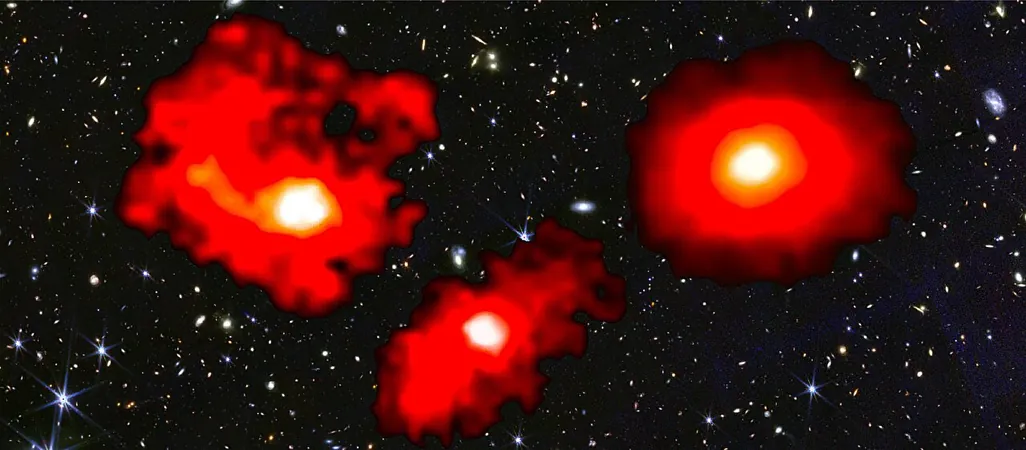
Shock Discovery: A 35,000-Year-Old Saber-Toothed Kitten Found in Siberian Permafrost!
2024-11-17
Author: Nur
Discovery Details
In an astonishing find, researchers have uncovered the remarkably preserved remains of a saber-toothed kitten, a creature that roamed the Earth over 35,000 years ago, in the frozen depths of Siberia's permafrost. This groundbreaking discovery took place in 2020 in the northeastern Sakha Republic, also known as Yakutia, Russia, but has only recently been detailed in the journal Scientific Reports.
Physical Characteristics
The ancient feline, estimated to have been just three weeks old at the time of its untimely demise, was pulled from its icy grave with its whiskers and claws still intact, encased in a luxurious coat of short, dense, dark brown fur. Its fur measured between 20 and 30 millimeters in length, showcasing the exceptional preservation that this icy environment afforded.
Significance of the Find
This finding offers paleontologists an unprecedented view of the physical characteristics of the elusive Homotherium latidens, a genus of saber-toothed cat distinguished by their impressive canine teeth that protruded significantly from their mouths. These formidable teeth were essential for hunting and capturing prey. These ancient predators thrived until their extinction around 12,000 years ago, marking the end of the Pleistocene epoch, commonly referred to as the last Ice Age.
Radiocarbon Analysis
Radiocarbon analysis confirmed the kitten's age, revealing that it had remained buried and hidden from human eyes for millennia. The study highlights that, for the first time in paleontological history, researchers have been able to observe the unique traits of an extinct mammal that has no modern counterparts.
Comparisons with Modern Felines
Intriguingly, comparisons between the ancient kitten and modern-day lion cubs revealed notable differences. The saber-toothed cub exhibited wider paws without carpal pads, an adaptation believed to have facilitated movement across deep snow. Additionally, the little feline possessed a broad neck, an unusual muzzle shape, small ears, and elongated forelimbs, which distinguished it even further from contemporary felines.
Broader Context of Discoveries
This remarkable find isn't an isolated incident. Just last year, gold miners made headlines when they discovered a woolly mammoth with a horn still attached in Siberia. Just a couple of months prior, scientists completed a necropsy on a perfectly mummified wolf, also originating from the Ice Age, found in the same region. The extreme cold and low humidity of Siberia provide an ideal setting for preserving soft tissues and creating time capsules that reveal the secrets of our planet's prehistoric past.
Conclusion
With each astonishing discovery, we gain further insight into the lives of these magnificent creatures that once roamed our planet, their stories entombed in the ice, waiting to be uncovered. What other ancient secrets lie beneath the frozen soil of Siberia? The quest for knowledge continues, and scientists are eager to explore what else this vast wilderness has to offer!


 Brasil (PT)
Brasil (PT)
 Canada (EN)
Canada (EN)
 Chile (ES)
Chile (ES)
 España (ES)
España (ES)
 France (FR)
France (FR)
 Hong Kong (EN)
Hong Kong (EN)
 Italia (IT)
Italia (IT)
 日本 (JA)
日本 (JA)
 Magyarország (HU)
Magyarország (HU)
 Norge (NO)
Norge (NO)
 Polska (PL)
Polska (PL)
 Schweiz (DE)
Schweiz (DE)
 Singapore (EN)
Singapore (EN)
 Sverige (SV)
Sverige (SV)
 Suomi (FI)
Suomi (FI)
 Türkiye (TR)
Türkiye (TR)